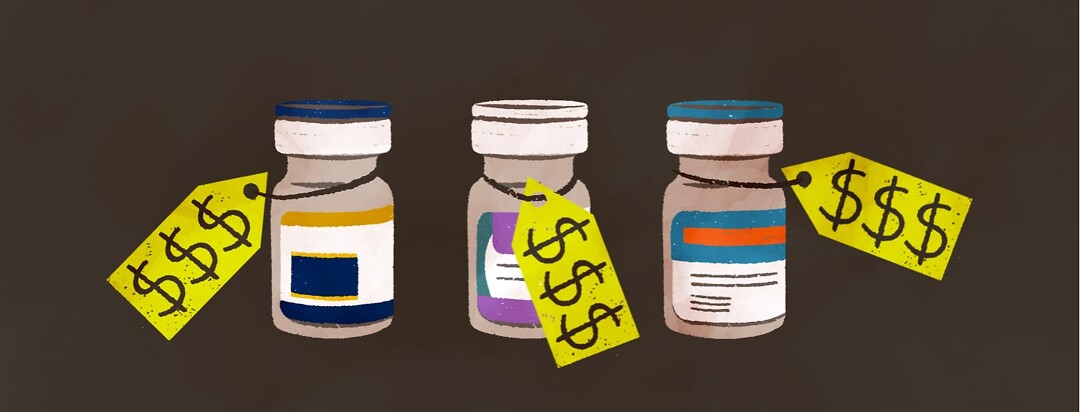Money, Money, Money: Injection Costs
You have been diagnosed with “wet” AMD and told that for the rest of your life, you need regular injections to stop the progress of the condition. I bet your last question is, “How much will it cost?”
The more the diagnosis has become part of my life, the more I’ve wondered about the cost of eye injections and macular degeneration for me, for others, and, for our larger society.
My learnings
The answers I got were almost as fuzzy as the vision in my not-so-good eye.
Here is what I have learned:
- While there are many injectable drugs for the treatment of wet AMD, 8 of the most common are: Lucentis (ranibizumab), Avastin (bevacizumab), Eyelea (aflilibercept), Beovu (Brolucizumab-dbll), Vabysmo (Faricimab-svoa), Byoovis (Ranibizumab-nuna), Susvimo (Ranibizumab), and Cimerli (Ranibizumab-eqrn). Each works in a different way to inhibit the blood vessel growth that is one factor in the development of “wet” AMD.
- Your RS (retinal specialist) chooses one over the other two because they believe it to be the most effective for your condition.
- The prices for the injectable can vary widely from practice to practice.
- There will be additional charges for scans, images, and for the actual injection of the drug.
Cost of injection visits
In July, the total cost for my injection visit was just under $4,000; just over 87 percent was for the injectable. My copay was $35.00. I estimate that my 15 injections have cost about $60,000.
Multiply my $4,000 times the estimated 2.07 million men and women with wet AMD. That will give you an idea of the financial impact of the condition on our economy. Because I am well over 65, I heave the cliched sigh of relief as I say, "Thank goodness for Medicare." I add, "and for the Good Days Foundation because Medicare does not cover everything."1
Good Days Foundation
I found out about the foundation when I checked out from my first injection and was told about a copay of several hundred dollars. They told me, “You should get in touch with the Good Days Foundation," so I did. It was an easy application process. Based on my diagnosis and information from my RS, I submitted simple paperwork and was approved.
Helping people get lifesaving treatments
Good Days picks up the difference between what Medicare pays and what my RS bills. It helps people who would go without life-changing treatments because of the cost. That includes the 1.2 million grants to men and women with AMD; part of a total of $2 billion that has gone to more than 500,000 people.
Supported by corporations and individuals, Good Days is one of a group of foundations that help people needing lifesaving and life-extending treatments. They also sponsor Chronic Disease Day to make people aware of the impacts of chronic diseases on patients, their families, and our society.

Join the conversation